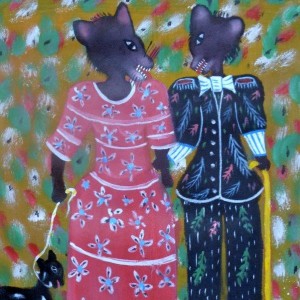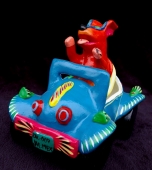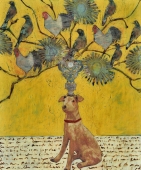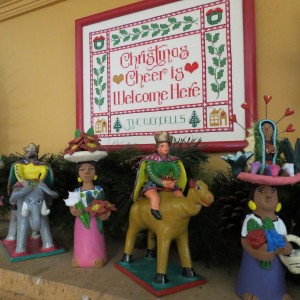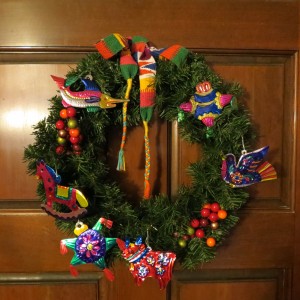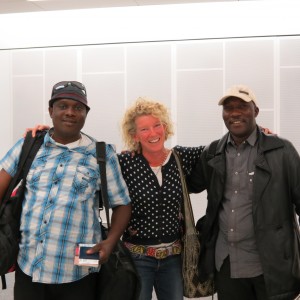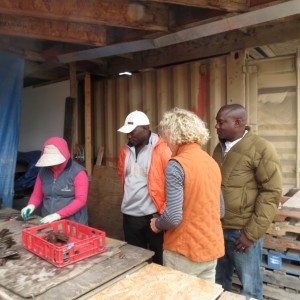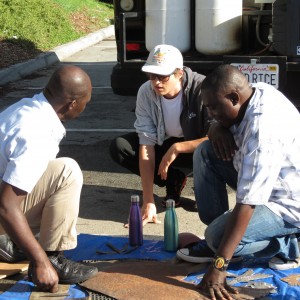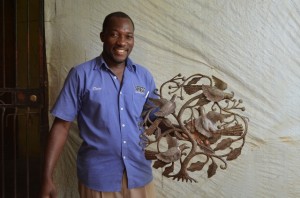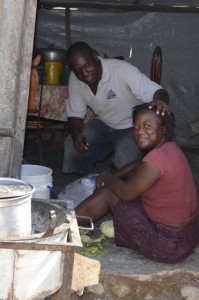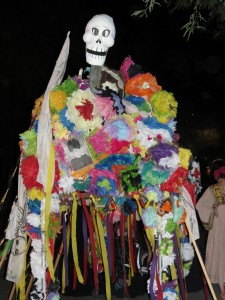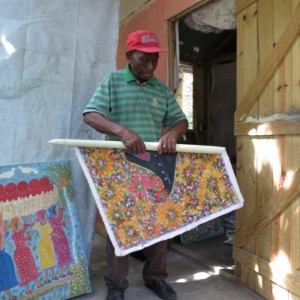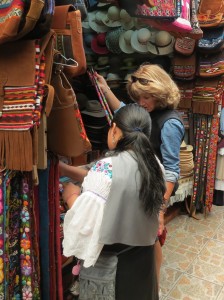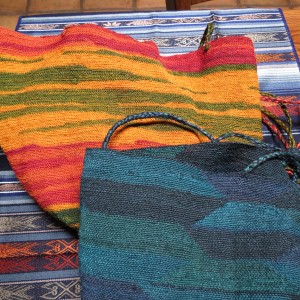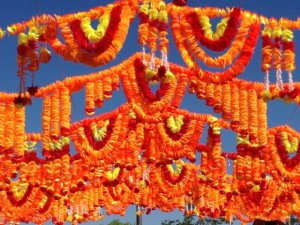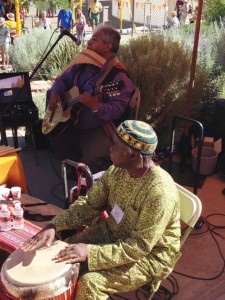New Book on Gerard Fortune
About 2 years ago, while in Haiti on a metal sculpture buying trip, Casey became aquainted with the folk art paintings of Gerard Fortune. Following quickly on the heels of her acquaintance were unbridled enthusiasm and acquisition. She purchased a piece for her personal collection and then set about to meet the artist himself with the idea of carrying his work at It’s Cactus.
Gerard Fortune has long been on the Haitian naif painting radar, and is considered to be one of the greatest living folk art painters in Haiti today. Having said that, however, doesn’t mean that finding his atelier was any small task. It required asking alot of questions in several places around the outdoor art markets of suburban Port-au-Prince and finally offering $20 to a kid on a motorcycle to lead her there. Done and done! The connection was made and now, several wonderful pieces of his work are available on our website.
But that’s not all! A friend, Tony Fisher, who has a wonderful folk art shop in Philadelphia, has sourced a newly published book of Gerard’s work. It is the first and only in-depth study of his life and art and it is BEAUTIFUL! You can order it from him.
The book, “Gerard” does a superb job of tracing his 37-year career, with dozens of full-color photograhs that capture his broad, visionary character of his art. In addition, it tells in words and photographs, the story of Gerard himself, inasmuch as the story of an enigma can be told. What is clear is richness of expression in the life’s work of a talented, gentle soul.
Contributed by Linda for It’s Cactus


